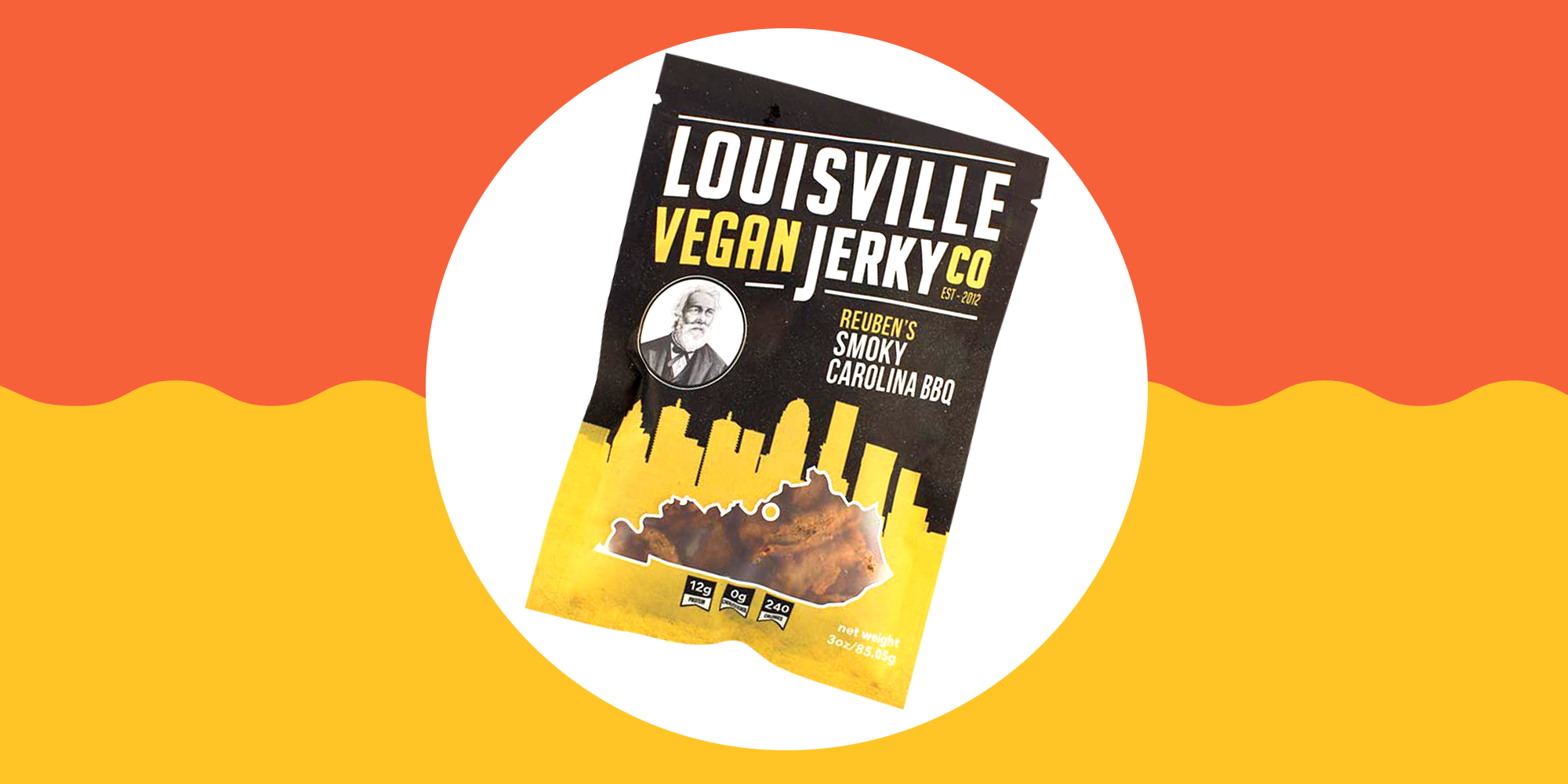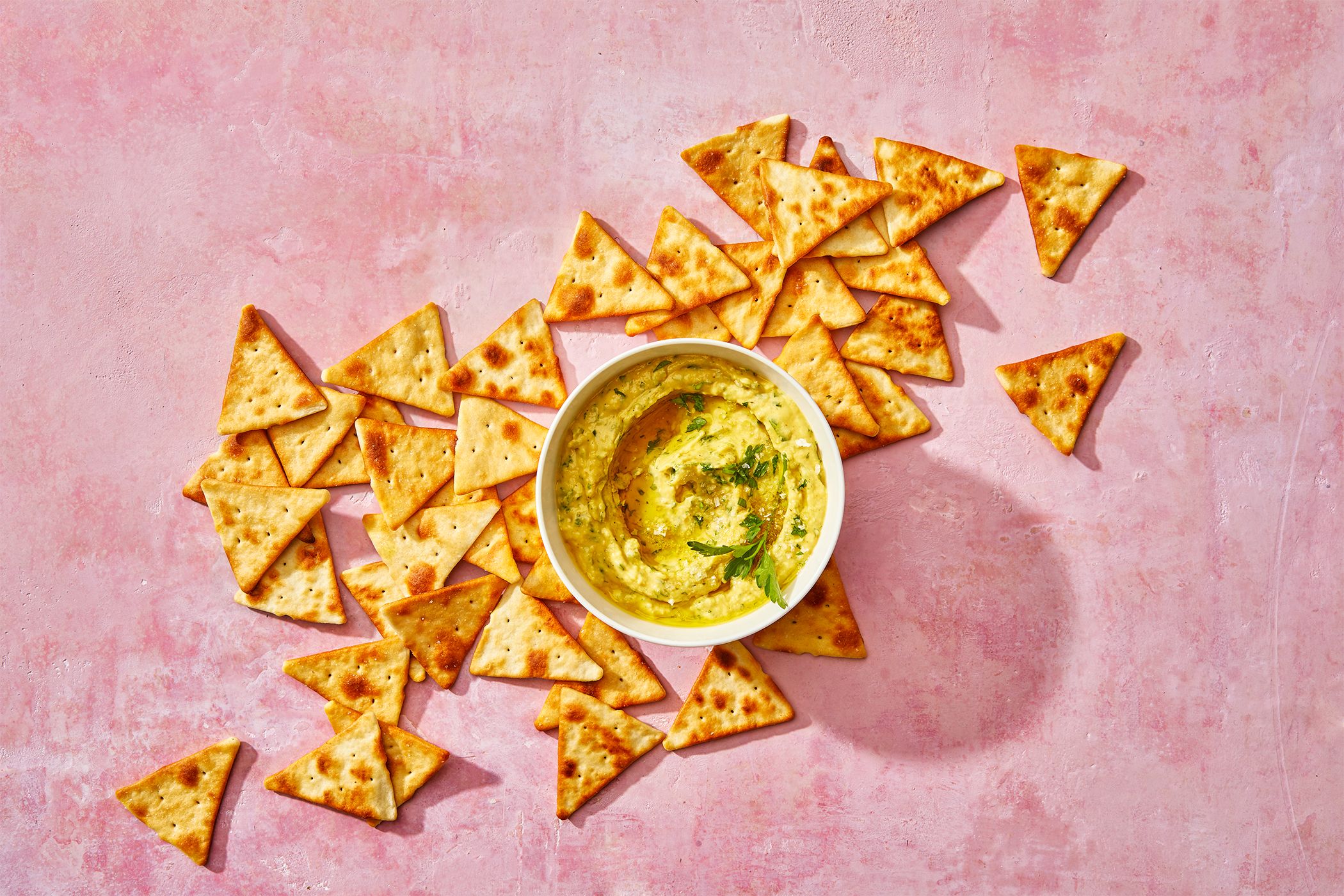The situation is all-too familiar: You pop open a bag of chips planning to have just a few and the next thing you know, you’re licking the bottom-of-the-bag crumbs off your fingers and wondering how the heck to stop snacking so much.
No one’s telling you to ditch snacks altogether (that would be evil)—but how you snack makes all the difference.
“Intentional snacking can be very helpful because it ensures we get in enough nutrients in between meals, which can prevent overeating later,” says nutritionist Jessica Cording, RD, author of The Little Book of Game-Changers.
However, “if you eat something mindlessly, you likely don’t take the time to taste and appreciate it, which means that you’ll be less satisfied,” says nutritionist Alissa Rumsey, MS, RD. “So, even if you are physically full, the lack of satisfaction means you’ll be more likely to seek out more food.”
In addition to destroying your pantry inventory and wrecking your snack budget, snacking mindlessly also has serious implications for your long-term health.
“When you snack mindlessly, calories can add up quickly—and the more excess calories you consume daily, the more weight you may gain and the more you put your health at risk,” says nutritionist Keri Gans, RD, author of The Small Change Diet.
Even though it’s clearly no bueno, there’s no denying that it’s really hard to curb mindless snacking—especially if you work from home or are cozying up for the weekend.
Kicking your accidental pita chip-annihilation habit is possible, though. These 10 nutritionist-backed tips will help make it happen.
1. Buy single-serve packages
Since you can only eat what’s in front of you, it’s time to beat yourself at your own game, Mindless Snackers Club members. On your next grocery haul, pick up smaller, individual-sized packs of your favorite snacks.
“Smaller, portion-controlled packages make you less likely to eat endless amounts in one sitting,” says Gans.
Sure, you may still eyeball a second package of almonds after finishing one, but “the extra step of having to open a new package gives your brain a chance to think, ‘is this really what I need right now?’” Cording says. That space may be all you need to realize you are, in fact, satisfied.
Data backs this up, too. One Journal of Marketing meta-analysis, for example, found that (no shocker here…) when given more food, people tend to eat more. Specifically, when given a double portion size, people ate an average of 35 percent more.
2. Use smaller plates and bowls
“We tend to want to eat things with our eyes,” says Cording. So, if you fill a big ol’ bowl with pretzels, you’ll probably feel like you need to crush it to feel satisfied.
On the flip side, if you fill a smaller bowl with your pretzels, “it sends a signal to your brain that it’s more food,” she says.
3. Find healthier ways to satisfy your cravings
If you love snacks like chips because of the salt or crunch, consider what better-for-you options might offer the same experience.
If you know you’re a crunchy fan, for example, try carrot sticks with peanut butter, celery with guac, or a handful of almonds, recommends Cording. This way, if you go a little overboard, at least you’re eating nutritious foods.

“It might take a little trial and error to see what truly feels satisfying, but taking that time to consider what you truly crave can be helpful,” Cording says.
4. Keep your favorite foods out of sight
If you have a snack you always snack on mindlessly, make it more difficult to get your hands on.
“Put it in an out-of-the-way cabinet so it’s not in your line-of-sight all the time,” Cording advises. “Then, if you do seek it out, you have time to wonder, ‘Do I actually want to snack on this?’”
It sounds simple, but it works. One older study found that office workers who had access to clear bowls of candy ate about 2.2 more candies per day those who kept candy in opaque containers.
5. Make getting to unhealthy snacks inconvenient
Completely banishing your favorite not-so-healthy snacks can make you overdo it when you do have them, Rumsey says. “I don’t recommend purposely keeping certain foods out of your home,” she says. “This just makes them more special and desirable.”
As with healthy snacks you tend to overdo, Rumsey recommends keeping less-nutritious snacks in harder-to-reach places (like high up on a shelf that requires a step ladder to reach).
https://www.instagram.com/p/B6MnnjPgyA-/
The hope: that when you do have that snack, you’ll appreciate it more and savor it more mindfully.
That office candy bowl study also analyzed people’s snacking habits when the candy was easy to access versus farther away. Unsurprisingly, people munched less when the bowls were farther away.
6. Snack slowly
You’ve heard this one before: Eating slower ultimately makes you eat less. “The slower you eat, the more time your stomach has to notify your brain that you are full,” Gans says.
One BMJ Open study that analyzed data from 60,000 people found that people who ate at a normal speed were 29 percent less likely to be obese than those who ate quickly.Thosewho ate slowly, though, had a 42 percent lower risk of obesity. In fact, they actually lost weight over time.
To slow down your snacking speed, try eating with your non-dominant hand or keeping your snack on the far end of the table so that grabbing more requires extra effort.
7.Reconsider what you buy in bulk
Loading up at Costco and BJ’s feels sooo satisfying, but having a crapload of food at your disposal increases the odds you’ll snack on a lot of it at once, according to Gans.
If buying snacks in bulk contributes to your mindless snacking, consider cutting back.

Otherwise, portion out that 64-ounce tub of almonds into reusable containers as soon as you get home. Remember, snacking on stuff in smaller packages helps you stop in your tracks once your container is empty.
8. Question whether you’re ~actually~ hungry
It might sound obvious, but ages of mindless snacking can disconnect you from your hunger cues.
“Unfortunately, many people don’t recognize true hunger,” Gans says. Instead, plenty of people snack—and keep on snacking—when they’re bored, anxious, or just because it’s snack o’clock.
Before you reach for something, pause and check in with yourself about why you’re snacky in the first place. “Check your hunger on a scale, with ‘one’ being stuffed (like you just ate an indulgent meal) and ’10’ being so hungry that you think you might pass out,” she says.
Clock in at a seven or higher? Eat something. After a few bites, check in with yourself again to reevaluate where you fall.
9. Don’t multitask while snacking
When you snack, put away your phone/computer/TV/book and just spend some solid time with your food. “Concentrate on chewing and actually tasting it,” says Cording. “It should help you feel more satisfied and aware of how much you’re actually eating.”
There’s lots of research on this one and, yup, all of it suggests that you eat less when you actually focus on what you’re putting on your mouth. One meta-analysis of 24 studies published in the American Journal of Clinical Nutrition, for example, found that “attentive eating” can actually help people lose weight over time without counting calories.
A study published in Couple and Family Psychology: Research and Practice, meanwhile, found that families who were distracted by loud noises during meals ate more than those who ate in a quiet space.
10. Choose snacks that require a little effort
It’s pretty simple: Snacks that require a little work to eat, like pistachios or fresh cherries, slow you down. “This allows you to be more mindful of what you’re eating,” Rumsey says.
Plus, having leftover shells or pits as visual cues reinforces that you have, in fact, chowed down on a decent amount of food.
What to look for in a quality snack
Of course, opting for the right foods also ensures your body feels truly nourished after a little munching—and you don’t find yourself finishing off an entire tub of hummus.
Intrigued by pickle-flavored snacks? Snooki tried ’em all out for you:
While straight up carbs, like pretzels, won’t keep you full for long, adding some fat and protein (like nut butter) to the mix can help you feel satiated, says Cording.
Nutrient-rich foods like nuts can also be a great snack option as long as you stick to the right portions, she adds.
And if you know you really want a snack with some volume, try to go for produce like carrot sticks, cherries, or cucumber slices, which provide lots of munchy satisfaction for few calories.
Keep it simple by grabbing one of these nutritionist-approved vegan snacks or keto snacks.
The bottom line: The more you can slow down, tune into what you’re really looking for from a snack, and enjoy the experience of eating it, the easier it’ll be to stop snacking mindlessly and keep your munching healthy.
Source: Read Full Article